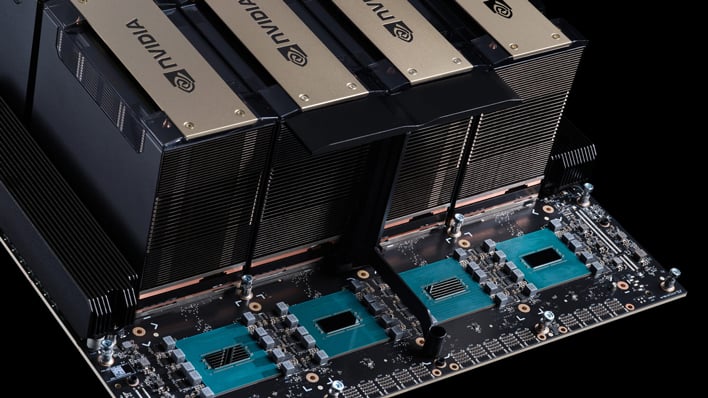NVIDIA Confirms CUDA Support Is Coming To RISC-V And It's A Huge Deal
Modern processors generally come in two flavors as far as software and connecting hardware is concerned: x86 and Arm. Intel and AMD are in the former camp, while Arm licenses out its ISA to the likes of Qualcomm and Apple among many, many others. If you want to make a chip and use the x86 instruction set, however, Intel and AMD will have an issue with that. If you go Arm, then Arm Holdings will require licensing fees. Enter the born-again RISC-V, open-source and free to use and modify by chip designers around the world, including but not limited to servers and AI cluster designers.
Anyone can use RISC-V in their gear and modify it as they see fit. Companies like Western Digital have already used it for storage controllers, Qualcomm in modems, and a host of many other smaller players have used it for chips of varying degrees of complexity. TensTorrent is building AI accelerators based on RISC-V, while SiFive has a number of custom designs too. The RISC-V world was due for a big push by a major player, and that has now arrived. At the RISC-V summit in China, NVIDIA announced that it will be porting its CUDA software stack to RISC-V.

This means that in the future you will be able to build a system using NVIDIA accelerators that is centered around a RISC-V chip instead of an x86 or Arm design. The company showed a few slides at the summit demonstrating multiple types of systems revolving around the concept. According to VideoCardz, there's no timeline for NVIDIA's release of the port, as the company claims it's basically waiting on other hardware and software vendors to also get up to speed.
RISC-V has consistently garnered community interest, but it was historically somewhat dismissed for server and AI loads as it lacked a set of contemporary vector instructions—commands for executing several operations on a piece of data in series. That was added in 2021, immediately provoking interest from most everyone in the industry looking to build their own custom designs without practical restrictions, licensing fees, or both. Since RISC-V is fully open, anyone can roll their own take on it to fit their specific use case, or even extend the instruction set if they so desire. Additionally, the RISC-V Foundation CEO said that the consortium is developing a server SoC and a server platform.
While the news probably won't mean much in the short term for consumer-facing hardware like gaming PCs or consoles, it's a safe bet at this point that we'll see AI clusters and servers based on RISC-V chips in relatively short order. If you want to know more, you can always read our review SiFive's HiFive Premier P550 RISC-V development kit.

